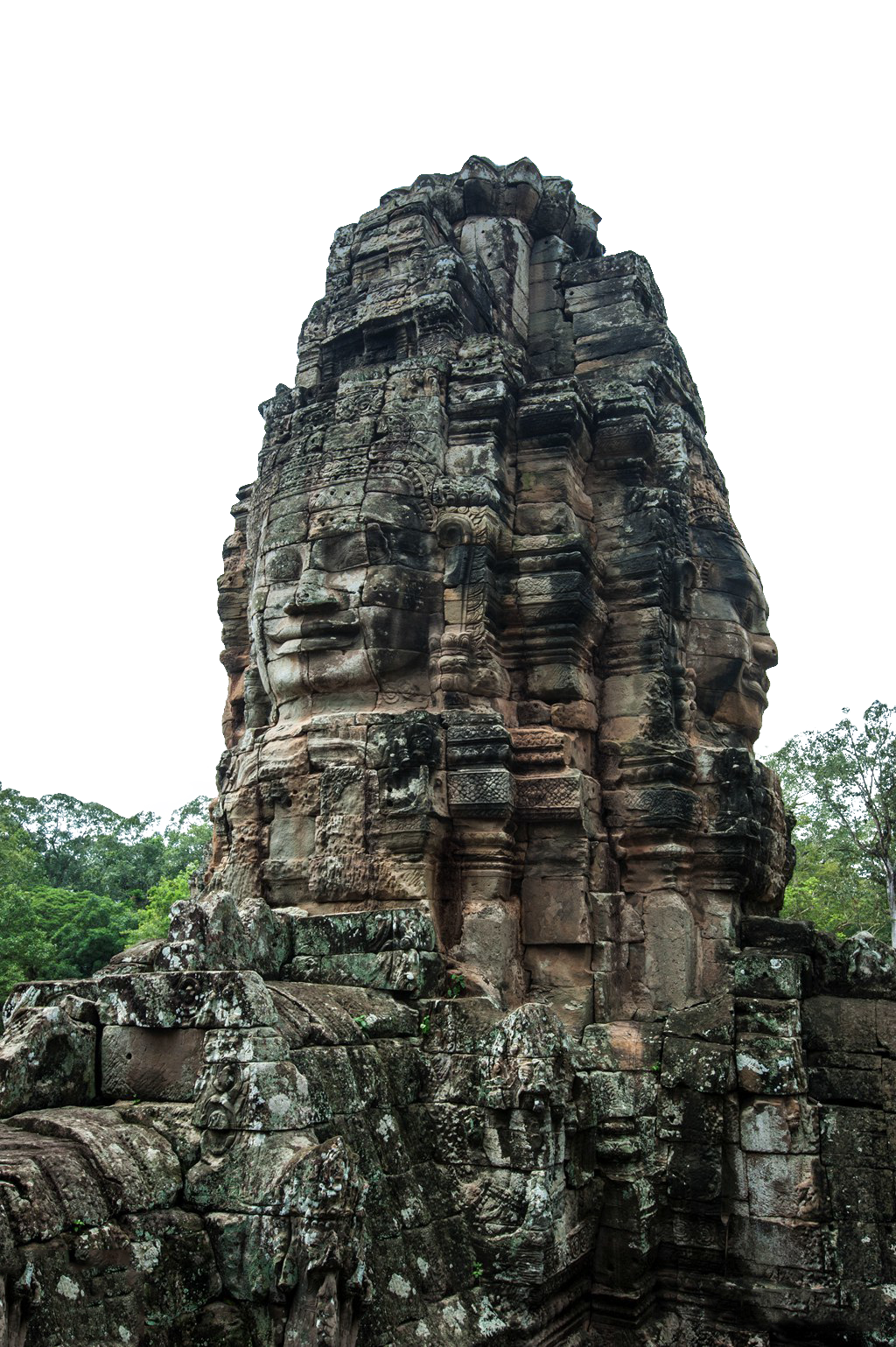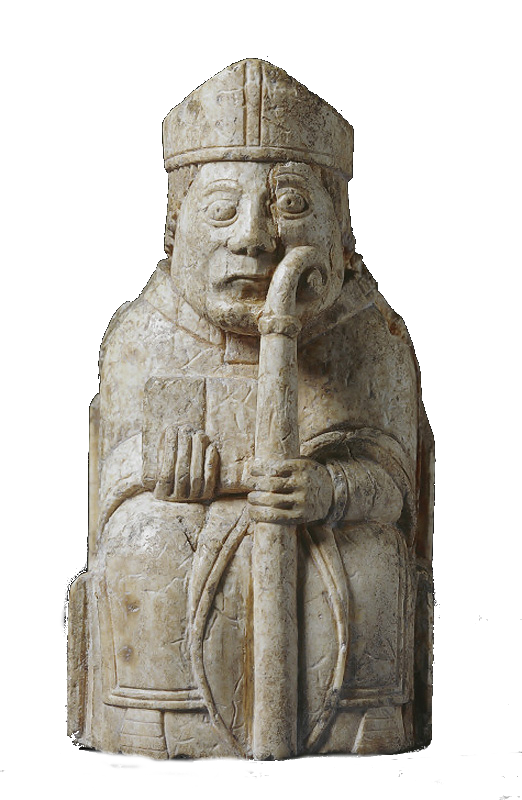They didn't say what kind of psychedelics they found.

Fungal Pharaoh?

Notice Board
This is a work in progress, please don't mind the mess.
About
Archaeology or archeology[a] is the study of human activity through the recovery and analysis of material culture. The archaeological record consists of artifacts, architecture, biofacts or ecofacts, sites, and cultural landscapes.
Archaeology has various goals, which range from understanding culture history to reconstructing past lifeways to documenting and explaining changes in human societies through time.
The discipline involves surveying, excavation, and eventually analysis of data collected, to learn more about the past. In broad scope, archaeology relies on cross-disciplinary research. Read more...
Rules

Links
Archaeology 101:
Get Involved:
University and Field Work:
Jobs and Career:
Professional Organisations:
FOSS Tools:
Datasets:
Fun:
Other Resources:

Find us on Reddit

They didn't say what kind of psychedelics they found.

Fungal Pharaoh?
Found it in the study:
"Our analyses revealed traces of Peganum harmala, Nimphaea nouchali var. caerulea, and a plant of the Cleome genus, all of which are traditionally proven to have psychotropic and medicinal properties. Additionally, the identification of human fluids suggests their direct involvement in these rituals. Furthermore, metabolomics and SR µ-FTIR analyses also revealed the presence of fermented fruit-based liquid and other ingredients such as honey or royal jelly. "
Any of these on erowid?
I want to read some ancient Egyptian trip reports
The harmala should be, its Syrian Rue, which contains an MAOI and has been used in recent decades for creating ahistorical version of Ayahuasca by combining it with either a DMT containing plant or synthetic/extracted DMT. I think access to the actual plants used traditionally for Ayahuasca is more common so probably Syrian Rue has likely become less used for that now.